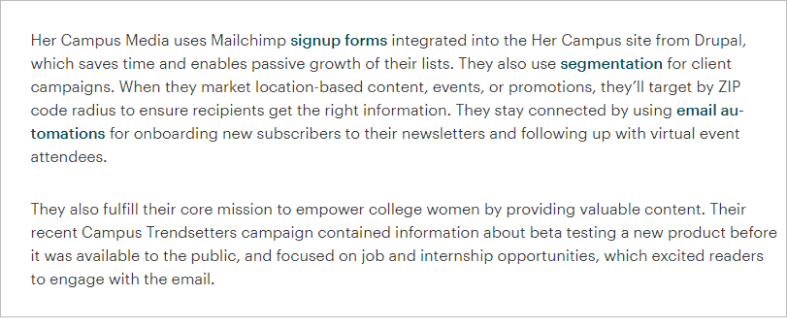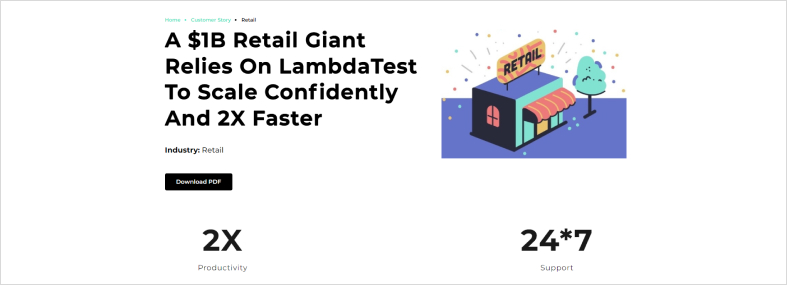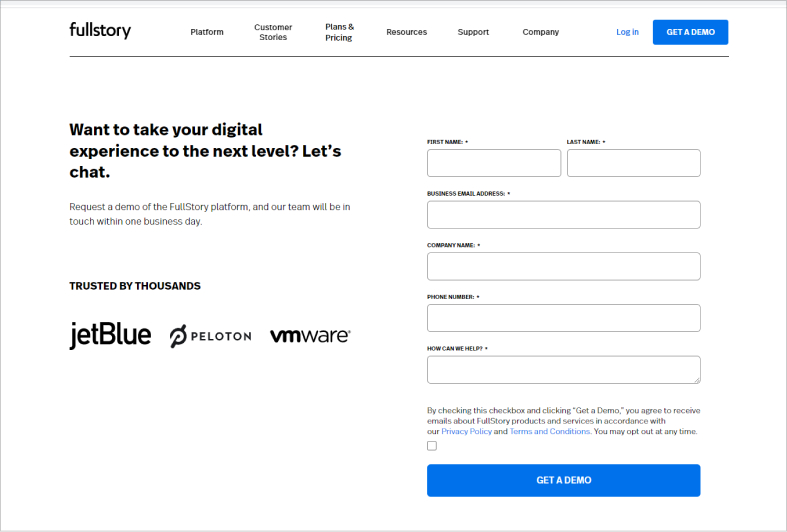In today’s crowded space of SaaS products, all product companies are struggling to meet the consumer demands and differentiate themselves from the competition. There is no doubt that building a great product experience is the key, however, it’s not the only thing that makes SaaS companies successful on the business front.
A well thought and well designed product may fail to get enough attention in the market if companies fail to market them effectively to the right set of audience in the right way.
Particularly in SaaS Products, marketing websites play a crucial role to bridge this gap of communication between brand, product and the targeted audience.
In these websites, case studies are the most effective type of content to build trust among its targeted decision makers (which in most cases are business owners, marketing managers, product leaders etc). These case studies help decision makers to validate the product’s use and its impact in relevant industries or their businesses.
So let’s understand how these case studies can be structured in a way that addresses most pressing needs and pain points of decision makers and overall businesses that are going to use the SaaS Product.
Industry Focused
One needs to identify the industries they are specialized in or wish to focus. The case study should start with the history and explain the current scenarios of the industry with the help of analytical insights. It can talk about the high level challenges and opportunities which the businesses can tap into with potential market size. This really helps the industry specific audience/customers to feel relevant & connected right from the beginning.
Understanding the market and customers
Market dynamics of one industry from another industry could be different altogether. For.e.g Fintech industry moving at different pace than manufacturing industry in India.
Depending on the nuance of different industries, pain points, challenges & aspirations of consumers should be addressed.
See how MailChimp has highlighted case studies targeting two different industries and have explained how their offerings have solved challenges and pain points of respective industries and businesses.
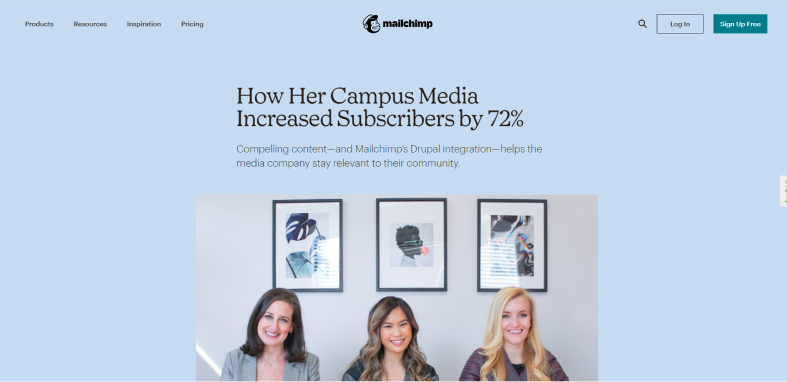
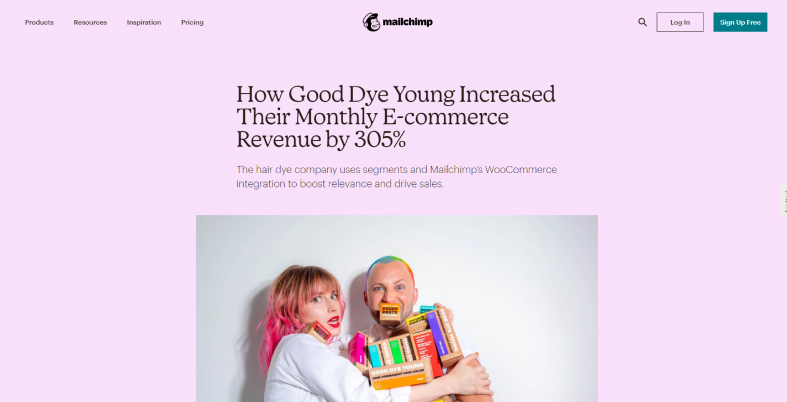
Mapping the solutions to the challenges or aspirations
Mapping the solutions to the challenges or aspirations
Once you know the key and specific challenge or pain point of the targeted business, align your product feature with that positioning as a solution. Customers want to get a sense of relief or free from the problem by looking at the features of the product.
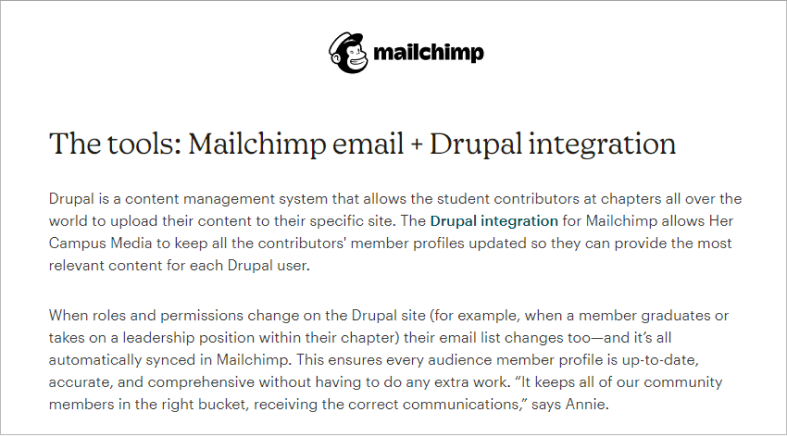
In the above examples mailchimp have smartly identified the business challenges of “Her Campus Media” and have explained how mailchimp’s solutions have addressed their problems.
It is not just a challenge or problem, we can also tap into their aspiration. Where business wants to go, what they are trying to achieve etc. How our product or solution can help them in their journey towards their goal.
Demonstrating the Value
Just the talk of features or solutions are not enough, especially when there are big decisions to be made within the customer’s company. Businesses don’t mind to invest provided, product not only promises but demonstrates the value. As a product business, how can we demonstrate or prove the value that we have added to other businesses?
Demonstrating the Assurance on Integration & Implementation Value
The steps it takes to implement the product or services are also very important for business. Businesses look for products which can be implemented seamlessly with their existing system. It is one of the critical things which businesses look into so the case studies should mention those elaborately.
eg:
In the above example the MailChimp have indirectly shown how their offerings can be seamlessly integrated with different platforms and how their different features have solved the business problems.
Impact Metrics Matters (Results)
The next thing in a case study is to highlight how these products and services added value to business and what result or positive outcome they had. This validates the product and builds trust among the targeted customers or industries.
eg:

Or
Thought leadership and social proofing
The customer’s review is very important for building social proofing and validating the product’s success. The case study section should have a section for customer’s and industry leaders testimonials.
eg:
Lead generation
At last case study sections can also help in lead generation. They can have enquire form, demo or quick links along with links to other relevant case studies which the customers can check. This will help improve customer’s retention on the page and generate quality leads at the same time.
eg:
Conclusion
A successful case study is one of the most integral parts in any SaaS product marketing website. If it is structured correctly and positioned well in the website. It can bring the desired conversion for the business.
We at prismic reflection expertise in SaaS Product’s and its marketing websites. We believe in helping businesses to grow and achieve their goals. Reach out to us to know more.
Main Author:
Jijo Jacob
UX-UI Designer at Prismic Reflections®
Article Contributors
Vishal Jadhav
Co-Founder of Prismic Reflections®
